Anděra, Miloš.1999. České názvy živočichů II. Savci (Mammalia). Prague: Národní muzeum, (zoologické odd.).
Arnold, Michael L. 2008. Reticulate Evolution and Humans: Origins and Ecology. Oxford University Press.
Beta, Ottomar. 1908. Das Buch von unsern Kolonien. Leipzig: Ferdinand Hirt & Sohn.
- Available via HathiTrust at: http://hdl.handle.net/2027/njp.32101073695650
Bisby, F.A.; Roskov, Y.R.; Orrell, T.M.; Nicolson, D.; Paglinawan, L.E.; Bailly, N.; Kirk, P.M.; Bourgoin, T.; Baillargeon, G.; Ouvrard, D. (red.). 2011. “Genetta thierryi Matschie, 1902.” Species 2000 & ITIS Catalogue of Life: 2011 Annual Checklist. Reading, UK. Retrieved May 22, 2014.
- Available at: http://www.catalogueoflife.org/col/search/all/key/Genetta+thierryi/match/0
Boelens, Bo; Watkins, Michael; and Grayson, Michael. 2009. The Eponym Dictionary of Mammals. Johns Hopkins University.
Boschi, Giovanni. 1863 - 1879. Atlante Zoologico Popolare. Naples: Raimondo Petroroja.
Boudet, Ch. 10 January 2009. "Species Sheet: Thierry's Genet, Villier's Genet, Hausa Genet." Mammals' Planet: Vs n°4, 04/2010. Retrieved May 22, 2014.
- Available at: http://www.planet-mammiferes.org/drupal/en/node/38?indice=Genetta+thierryi
Boudet, Ch. 10 January 2009. "Subspecies Sheet: East African Genet, Rusty-spotted Genet." Mammals' Planet: Vs n°4, 04/2010. Retrieved May 22, 2014.
- Available at: http://www.planet-mammiferes.org/drupal/en/node/39?indice=Genetta+thierryi+rubiginosa
Boudet, Ch. 10 January 2009. "Subspecies Sheet: Thierry's Genet." Mammals' Planet: Vs n°4, 04/2010. Retrieved May 22, 2014.
- Available at: http://www.planet-mammiferes.org/drupal/en/node/39?indice=Genetta+thierryi+thierryi
Boudet, Ch. 10 January 2009. "Subspecies Sheet: Villier's Genet, Hausa Genet." Mammals' Planet: Vs n°4, 04/2010. Retrieved May 22, 2014.
- Available at: http://www.planet-mammiferes.org/drupal/en/node/39?indice=Genetta+thierryi+villiersi
Cassell's Universal Portrait Gallery: A Collection of Portraits of Celebrities, English and Foreign. With Facsimile Autographs. 1895. London, Paris & Melbourne: Cassell and Company, Limited.
- Available via Internet Archive at: https://archive.org/details/cassellsuniversa00londiala
Coetzee, C.G. 22 August 1977. “Order Carnivora.” Pp. 1-42 in 1971-1977. The Mammals of Africa: An Identification Manual. Part 8 edited by J. Meester and H.W. Setzer. Washington, D.C.: Smithsonian Institution Press.
Corson, Docteur P.-J. October 2005. Les grands prédateurs d’Afrique: biologie, éthnologie et chasse. Brussels, Belgium: Éditions du Gerfaut.
Crawford-Cabral, J. 1981. “A New Classification of the Genets.” African Small Mammal Newsletter 6:8-10.
Crawford-Cabral, João. 1980. "The Classification of the Genets (Carnivora, Viverridae, genus Genetta)." Boletim da Sociedade Portuguesa de Ciências Naturais 20:97-114.
Driver, Stephanie (ed.). 2008. Exploring Mammals, Volume 3. Tarrytown, NY: Marshall Cavendish Corporation.
Duff, Andrew; and Lawson, Ann. 2004. Mammals of the World: A Checklist. Yale University Press.
Ewer, R.F. 1998. The Carnivores. Cornell University Press: Cornell Paperbacks.
Gaubert, Philippe; and Dufour, Sylvain. July 2013. “First Report of a Chinchilla Phenotype in Viverridae (Carnivora).” Small Carnivore Conservation 48:92-95. Retrieved May 22, 2014.
- Available at: http://www.smallcarnivoreconservation.org/home/wp-content/uploads/2013/08/SCC-48-11-Gaubert-Dufour.pdf
Gaubert, P.; and Dunham, A. 2008. "Genetta thierryi." In: IUCN 2013. International Union for Conservation of Nature and Natural Resources Red List of Threatened Species. Version 2013.2. Retrieved May 22, 2014.
- Available at: http://www.iucnredlist.org/details/full/41701/0
Gaubert, P.; Chalubert, A.; and Dubus, G. 2008. “An Interactive Identification Key for Genets and Oyans (Carnivora, Viverridae, Genettinae, Genetta spp. and Poiana spp.) Using Xper2.” Zootaxa 1717:39-50.
Gaubert, P.; Fernandes, C. A.; Bruford, M. W.; and Veron, G. 2004. "Genets (Carnivora, Viverridae) in Africa: An Evolutionary Synthesis Based on Cytochrome b Sequences and Morphological Characters." Biological Journal of the Linnean Society 81:589-610.
Gaubert, P.; Papeş, M.; Peterson, A.T. June 2006. "Natural History Collections and the Conservation of Poorly Known Taxa: Ecological Niche Modeling in Central African Rainforest Genets (Genetta spp.)." Biological Conservation 130(1):106–117.
Gaubert, P.; Taylor, P.J.; and Veron, G. 2005. “Integrative Taxonomy and Phylogenetic Systematics of the Genets (Carnivora, Viverridae, Genetta): A New Classification of the Most Speciose Carnivoran Genus in Africa.” Pp. 371-384 in African Biodiversity: Molecules, Organisms, Ecosystems edited by Bernard A. Huber, Bradley J. Sinclair, and Karl-Heinz Lampe. NY: Springer Science + Business Media, Inc.
Gaubert, Philippe; Weltz, Marjorie; and Chalubert, Antoine. 14 January 2008. “Genetta thierryi." Genets and Oyans. Paris: Université Pierre et Marie Curie. Retrieved May 22, 2014.
- Available at: http://lis-upmc.snv.jussieu.fr/genettes/web/fiches_en/taxa/genetta_thierryi.html
"Genet." AWF: What We Do > Wildlife Conservation > Genet. African Wildlife Foundation. Retrieved May 22, 2014.
- Available at: http://www.awf.org/wildlife-conservation/genet
“Genetta thierryi.” The National Center for Biotechnology Information: Taxonomy ID205597. Retrieved May 22, 2014.
- Available at: http://www.ncbi.nlm.nih.gov/Taxonomy/Browser/wwwtax.cgi
“Genetta thierryi: Haussa Genet.” Encyclopedia of Life. Retrieved May 22, 2014.
- Available at: http://eol.org/pages/328099/details
"Genetta thierryi (Haussa Genet)." ZipcodeZoo: Species Identifier 128451. Retrieved May 22, 2014.
- Available at: http://zipcodezoo.com/animals/g/genetta_thierryi/
“Genetta thierryi Matschie, 1902.” ITIS Report: Taxonomic Serial Number 621995. Integrated Taxonomic Information System. Retrieved May 22, 2014.
- Available at: http://www.itis.gov/servlet/SingleRpt/SingleRpt?search_topic=TSN&search_value=621995&search_kingdom=every&search_span=exactly_for&categories=All&source=html&search_credRating=All
“Genetta thierryi Matschie, 1902.” The Marine Biological Universal Biological Indexer and Organizer. Retrieved May 22, 2014.
- Available at: http://www.ubio.org/browser/details.php?namebankID=105805
Gervais, Paul. 1855. Histoire naturelle des Mammifères: Carnivores, Proboscidiens, Jumentés, Bisulques, Édentés, Marsupiaux, Monotrèmes, Phoques, Sirénides et Cétacés. Paris: L. Curmer.
Gittleman, John L.; Funk, Stephan M.; Macdonald, David; and Wayne, Robert K. (eds.). 2001. Carnivore Conservation. Cambridge University Press: Conservation Biology 5.
"Haussa Genet Pictures and Facts." The Website of Everything: Animals > Mammals > Carnivora > Viverridae > Viverrinae > Genetta. Retrieved May 22, 2014.
- Available at: http://thewebsiteofeverything.com/animals/mammals/Carnivora/Viverridae/Genetta/Genetta-thierryi.html
Hayssen, Virginia; Van Tienhoven, Ari; and Van Tienoven, Ans. Asdell’s Patterns of Mammalian Reproduction: A Compendium of Species-Specific Data. Cornell University, 1993.
Hunter, Luke; and Barrett, Priscilla. 2011. A Field Guide to the Carnivores of the World. London, Cape Town, Sydney, Auckland: New Holland Publishers (UK) Ltd.
Jennings, A. P.; and Veron, J. 2009. "Family Viverridae (Civets, Genets, and Oyans)." In: Don E. Wilson and Russel Mittermeier (Hrsg.) Handbook of the Mammals of the World Volume 1: Carnivores. Lynx Edicions.
Jukofsky, Diane for the Rainforest Alliance. 2002. Encyclopedia of Rainforests. Westport, CT: Oryx Press.
Kingdon, Jonathon; Happold, David; Butynski, Thomas; Hoffmann, Michael; Happold, Meredith; and Jan Kalina (eds.). 2013. Mammals of Africa, Volume 5: Carnivores, Pangolins, Equids and Rhinoceroses, edited by Jonathan Kingdon and Michael Hoffmann. Bloomsbury Publishing.
Kondo, H.; Tesar, J.; Cloud, D.; Kagan, L. (eds.). 1972. Civets, Genets, and Linsangs, Volume 2, 3rd Edition. Milan: Fratelli Fabbri Editori.
Larivière, Serge. 2004. "Civets, Genets, and Linsangs." Pp. 335-339 in Grzimek's Animal Life Encyclopedia, Second Edition. Volume 14: Mammals III, edited by Michael Hutchins, Devra G. Kleiman, Valerius Geist, and Melissa C. McDade. Farmington Hills, MI: Gale Group, Inc., division of Thomson Learning Inc.
Matschie, Paul. 1902. "Die individuellen und geographischen Abänderungen der Ginsterkatzen." Verhandlungen des V. Internationalen Zoologen-Congresses zu Berlin, 12.-16 August 1901: 1128 - 1144. Jena Germany: G. Fischer.
- Available via Biodiversity Heritage Library at: http://biodiversitylibrary.org/page/32465097
Myers, P.; Espinosa, R.; Parr, C.S.; Jones, T.; Hammond, G.S.; and Dewey, T.A. 2014. “Genetta thierryi: Haussa Genet.” The Animal Diversity Web (online). University of Michigan Museum of Zoology. Retrieved May 22, 2014.
- Available at: http://animaldiversity.ummz.umich.edu/accounts/Genetta_thierryi/classification/
Nowak, Ronald M. 1999. Walker's Mammals of the World, Sixth Edition. Volume I. Baltimore: Johns Hopkins University Press.
Rosevear, Donovan Reginald. 1974. The Carnivores of West Africa. London: Trustees of the British Museum (Natural History).
- Available via Biodiversity Heritage Library at: http://www.biodiversitylibrary.org/item/35416#page/7/mode/1up
Sillero-Zubiri, C.; and Marino, J. 1997. "The Status of Small Carnivore Species in Niokolo-Koba National Park, Senegal." Small Carnivore Conservation 17:15-19.
“Thierry's Genet.” The Animal Files: Mammals > Carnivores. Retrieved May 22, 2014.
- Available at: http://www.theanimalfiles.com/mammals/carnivores/genet_thierrys.html
Veron, Geraldine. 2010. “Phylogeny of the Viverridae and ‘Viverrid-like’ Feliforms.” Pp. 64-90 in Carnivoran Evolution: New Views on Phylogeny, Form and Function edited by Anjali Goswami and Anthony Friscia. Cambridge University Press: Cambridge Studies in Morphology and Molecules.
Wilson, Don E.; and Cole, F. Russell. 2000. Common Names of Mammals of the World. Washington, D.C.: Smithsonian Institution Press.
Wilson, Don E.; and Reeder, DeeAnn M. (editors). 2005. Mammal Species of the World: A Taxonomic and Geographic Reference (3rd ed), Johns Hopkins University Press.
Wrobel, Murray (Editor). 2007. Elsevier's Dictionary of Mammals: Latin English German French Italian. Oxford, U.K.: Elsevier B.V.


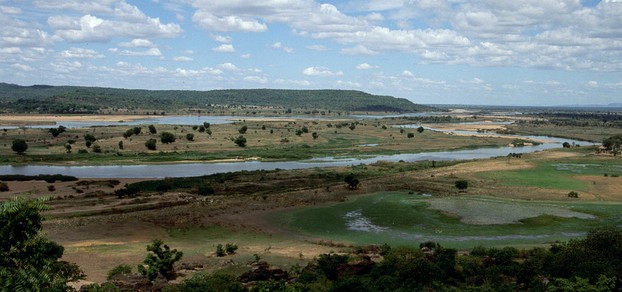
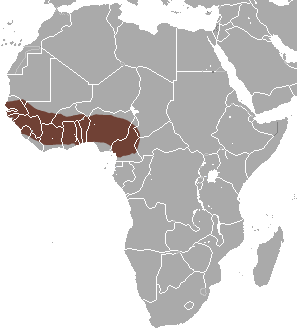

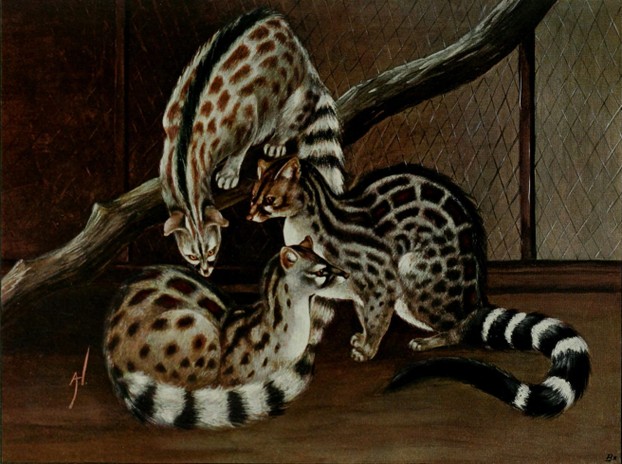
![Donovan Reginald Rosevear 1900-1986; British Museum (Natural History) Department of Zoology [Mammals] Trustees of the British Museum (Natural History) Donovan Reginald Rosevear 1900-1986; British Museum (Natural History) Department of Zoology [Mammals] Trustees of the British Museum (Natural History)](/static/uploads/en/module/image/2014/05/21/2014-05-21_09-54-55_389.622x621.jpg)
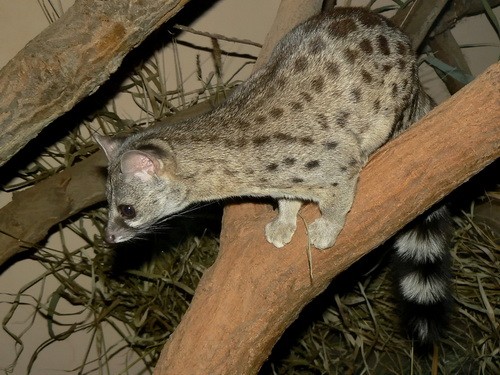
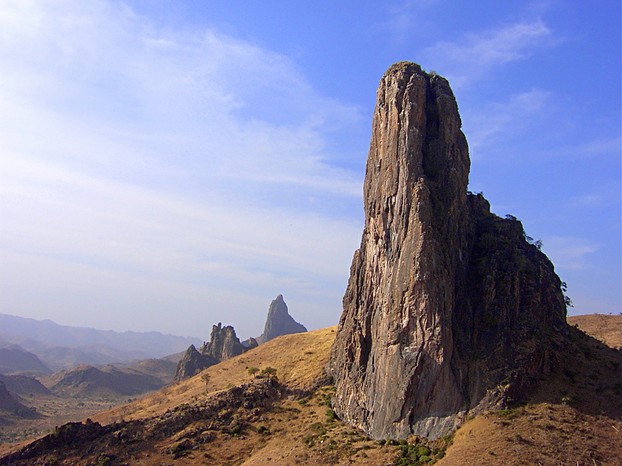
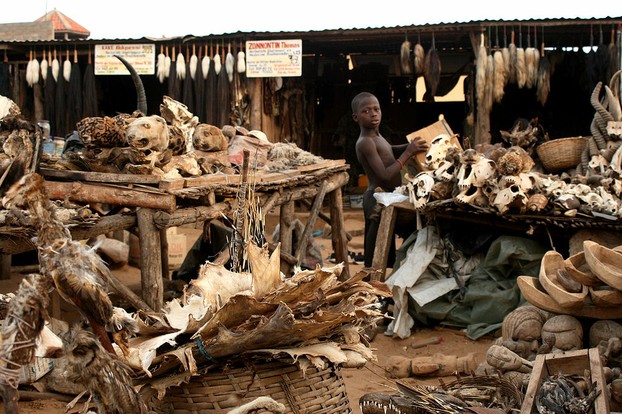
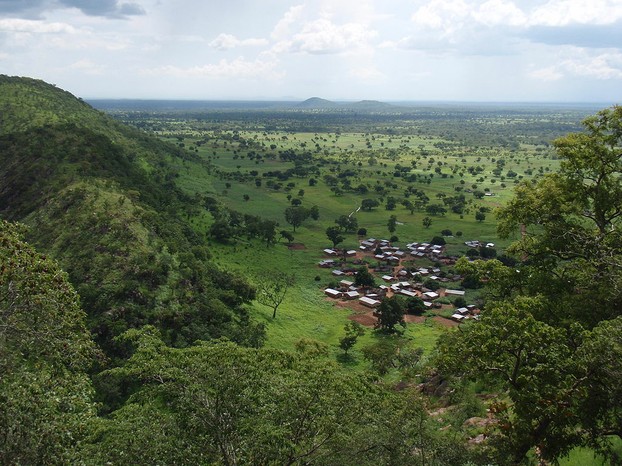
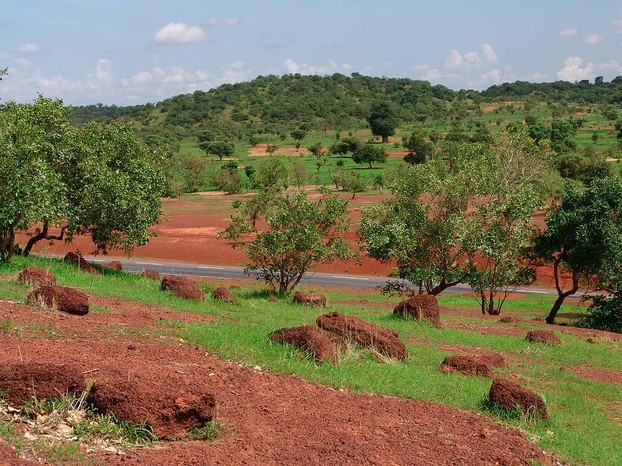



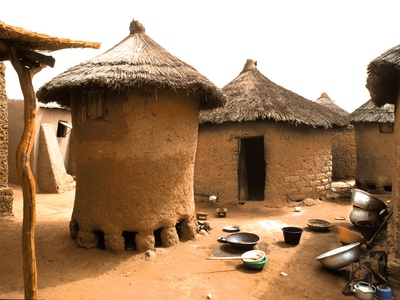

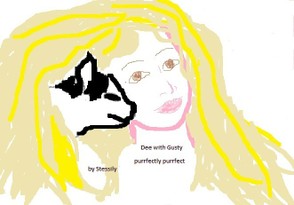
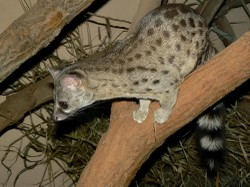

 Are Hawaiian Huakai Po Nightmarchers Avenging Halloween Thursday?on 10/02/2024
Are Hawaiian Huakai Po Nightmarchers Avenging Halloween Thursday?on 10/02/2024
 Mailing Addresses for 2023 Form 4868 Extending 1040 and 1040SR April 15, 2024, Due Dateon 04/15/2024
Mailing Addresses for 2023 Form 4868 Extending 1040 and 1040SR April 15, 2024, Due Dateon 04/15/2024
 Mailing Addresses for 2023 Forms 1040 and 1040SR Filed in 2024on 04/15/2024
Mailing Addresses for 2023 Forms 1040 and 1040SR Filed in 2024on 04/15/2024
 Mailing Addresses for 2022 Form 4868 Extending 1040 and 1040SR April 18, 2023, Due Dateon 04/13/2023
Mailing Addresses for 2022 Form 4868 Extending 1040 and 1040SR April 18, 2023, Due Dateon 04/13/2023

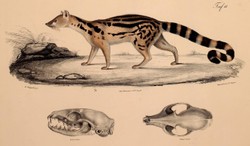
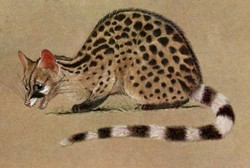
Comments
Mira, Traditional societies attribute symbolism to nature, and it's thought that genets' qualities are imparted to those who consume them or wear their skins or body parts.
It's considered quite an accomplishment amongst hunters to succeed in tracking and capturing or killing elusive game.
Oh, so they're hunted for voodoo purposes, too! Go figure. It makes sense though to use in such rituals more prized animals.